Today I spent most of my time at home. In front of the PC screen. Busy sorting and preparing the photographs for future posts. But I went on a little outdoor excursion in the evening.
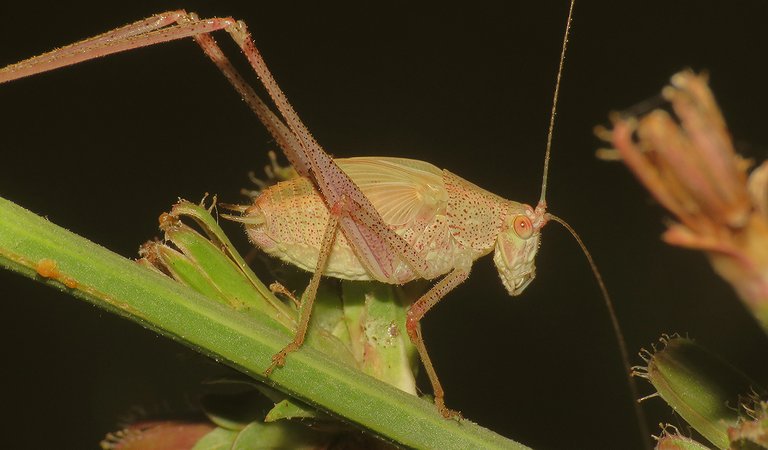
I drove nine kilometers to the village of Valtura and stopped by the side of the road a kilometer or two further. The bushcricket in this opening picture was photographed at the end of the evening walk when the night was almost there, and I was ready to go home. In the following photograph ...
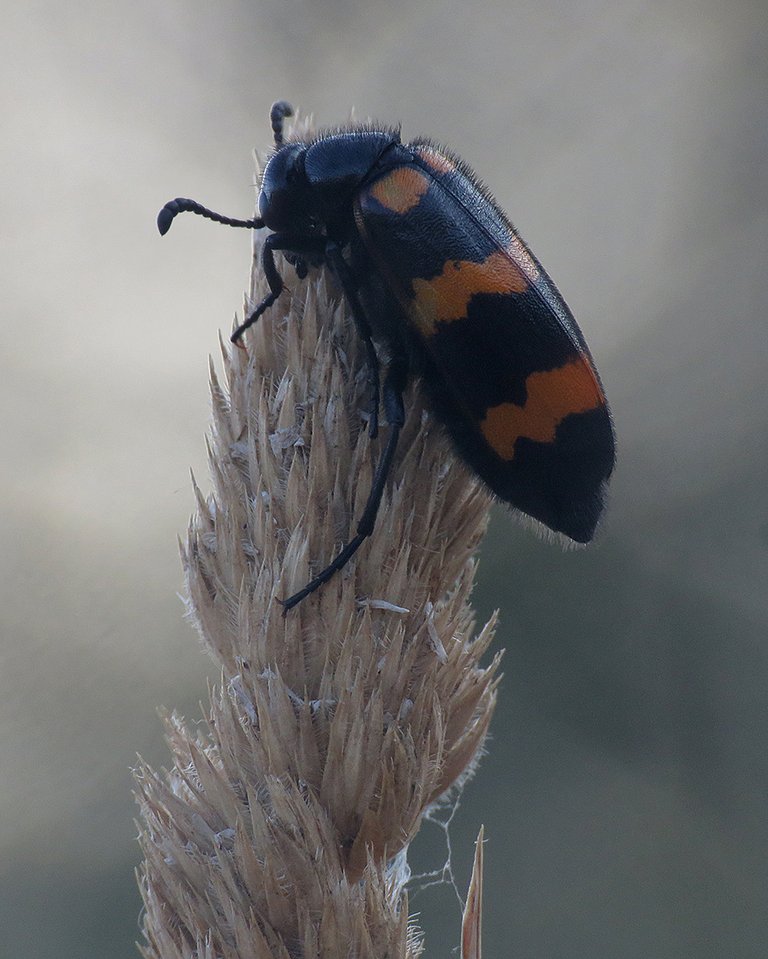
... you can see my first encounter. The Mylabris variabilis. A beetle from the Meloidae family.

Meloidae are commonly known as Blister beetles. I'm not sure if all species from this family use a defensive secretion based on cantharidin, a toxin that causes burns and blisters on the skin and is very poisonous when ingested in bigger doses. Most of them surely do. But this one, I don't know. I never had problems holding these insects in the palm of my hand.

Here you can see the same beetle but the light and background are slightly different.

Here you can see a group of colorful shield bugs.
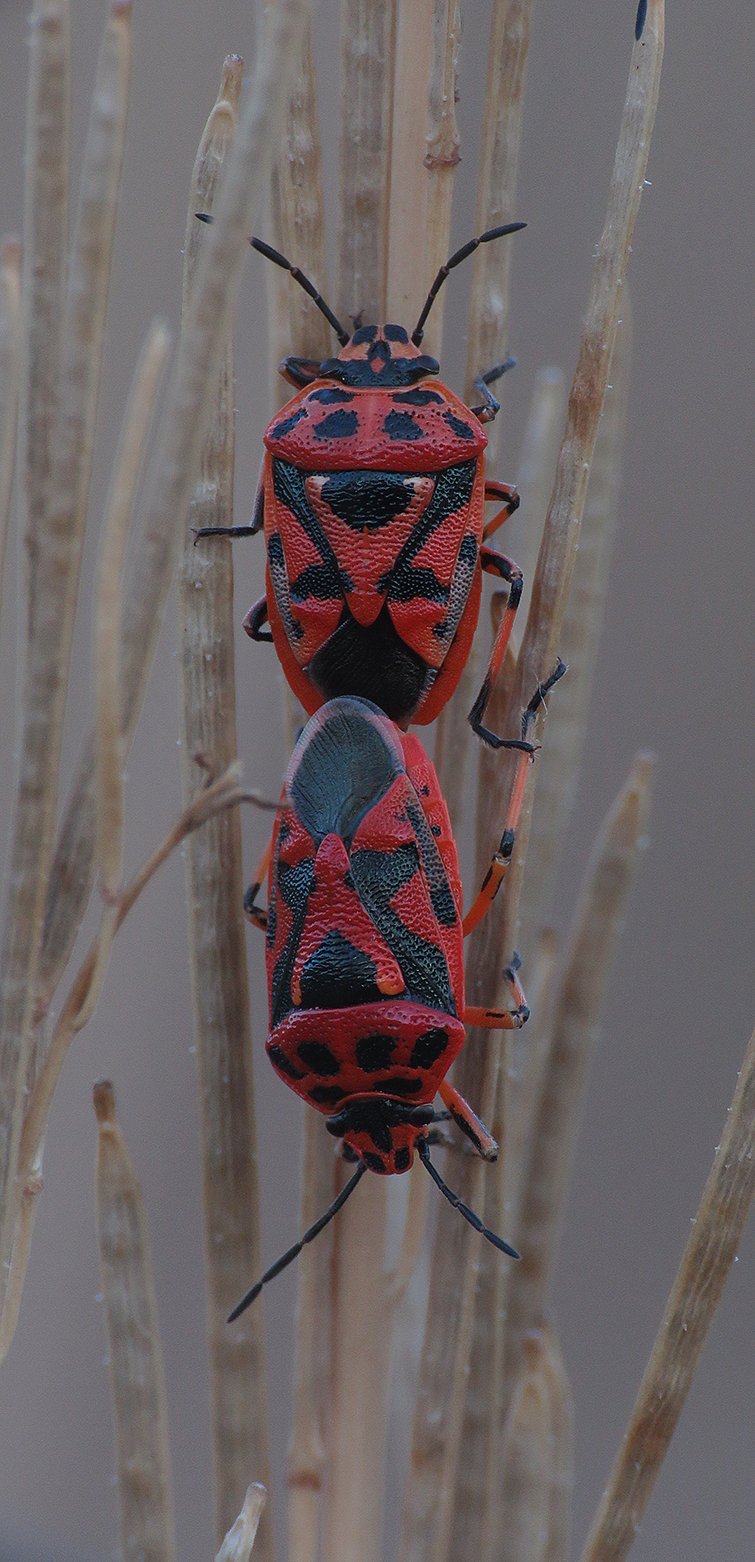
Eurydema ornata is the name of the species. The family is Pentatomidae.

Here you can take a wider look at the meadow by the side of the road.

Behind the first line of shrubs around the meadow, I found this pretty large rock. It looked pretty cool, so I photographed it.
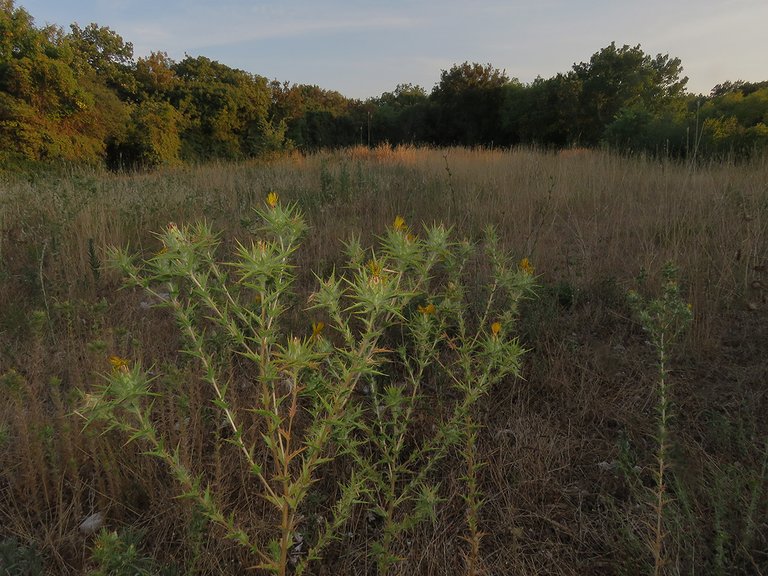
Here you can see another wide shot that shows the setting and the evening atmosphere. The plant in the foreground is the Carthamus lanatus.
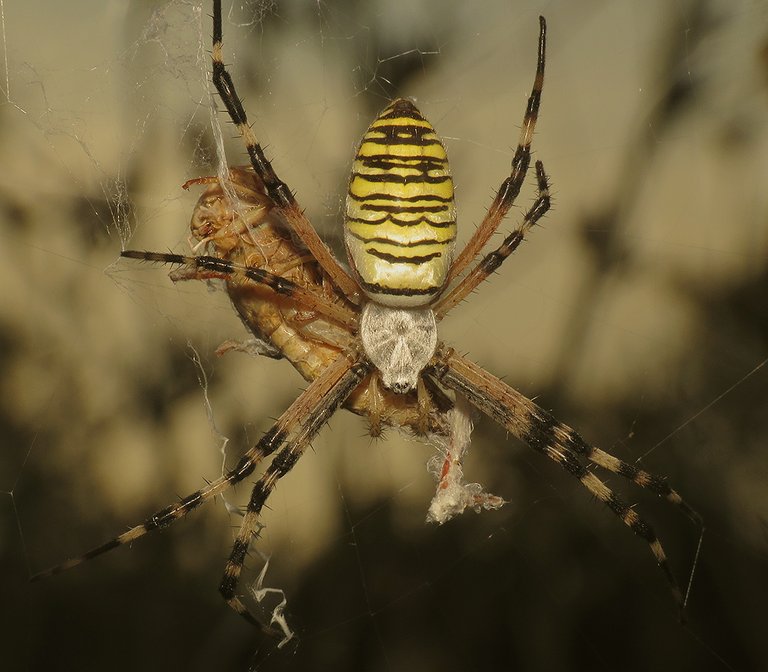
As the sun was getting lower, I came across the Argiope bruennichi spider that has caught a grasshopper.
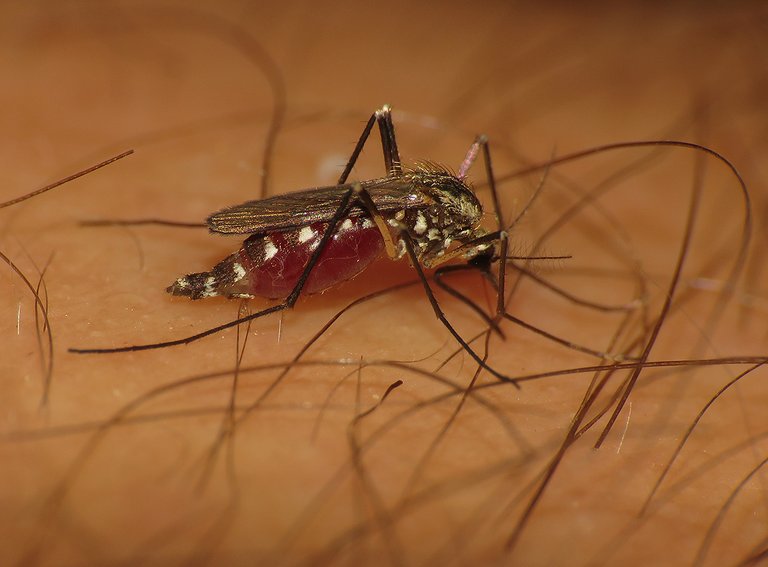
While I was photographing, mosquitoes were feeding on my blood.
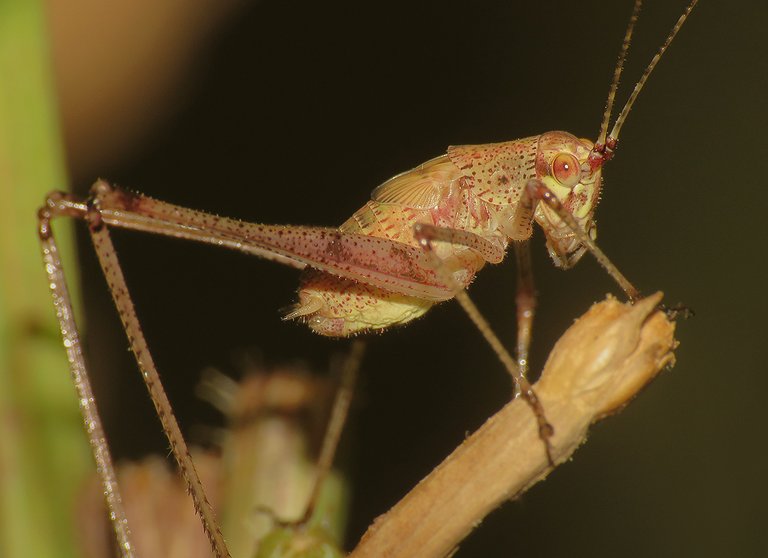
The light was very low when I found a group of crickets ...
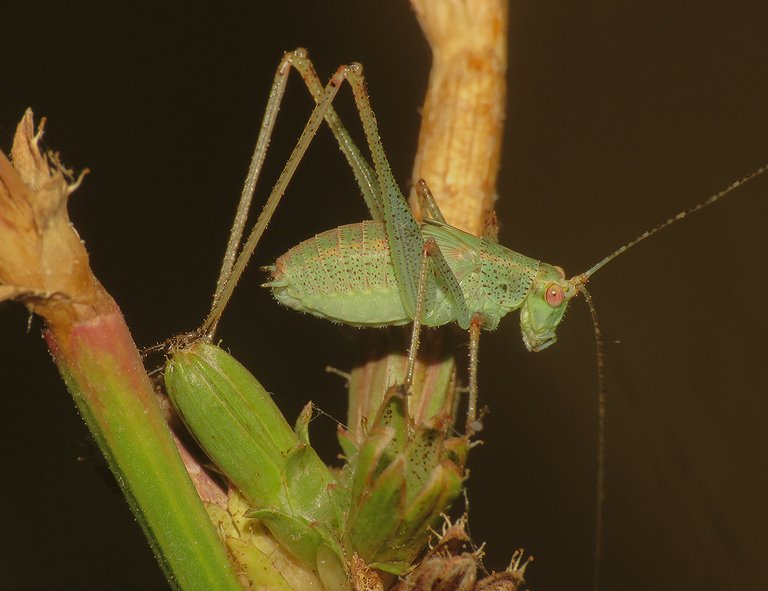
... on the Cichorium intybus plant.

These are all nymphs of the Phaneroptera nana bushcricket.
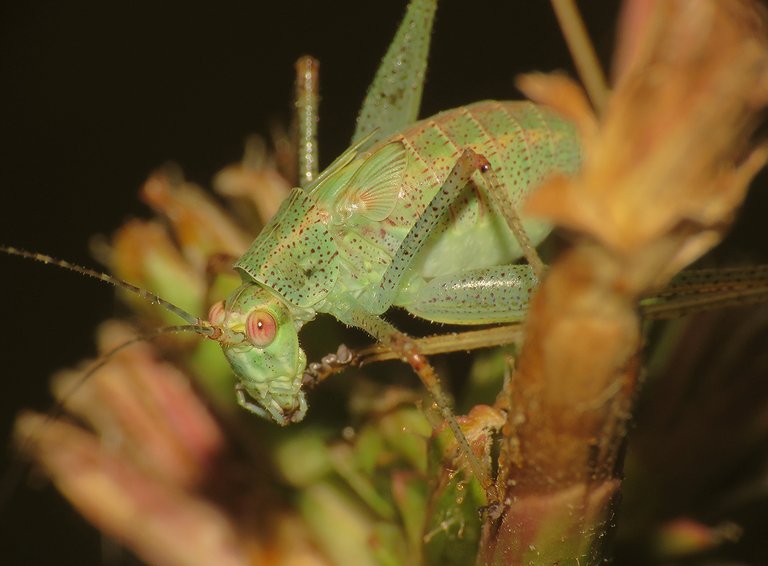
As you can see ...
... the color in nymphs can vary.

The adults are always green.
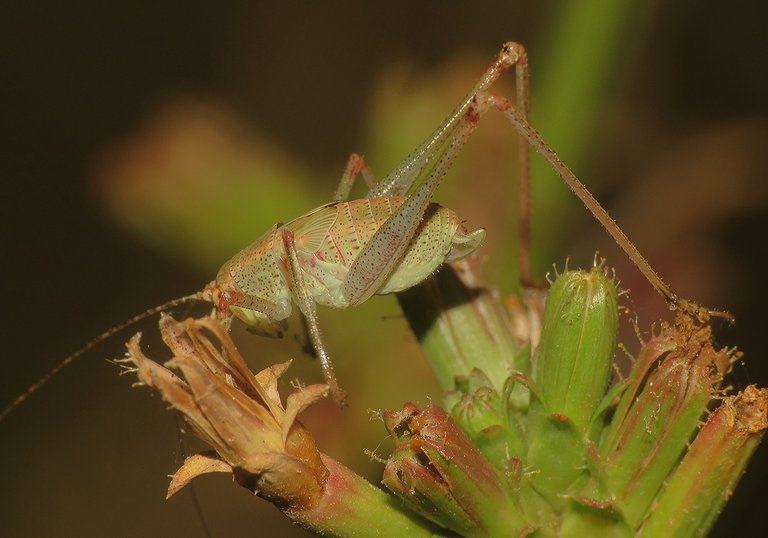
I didn't see any adult Phaneroptera nana today.
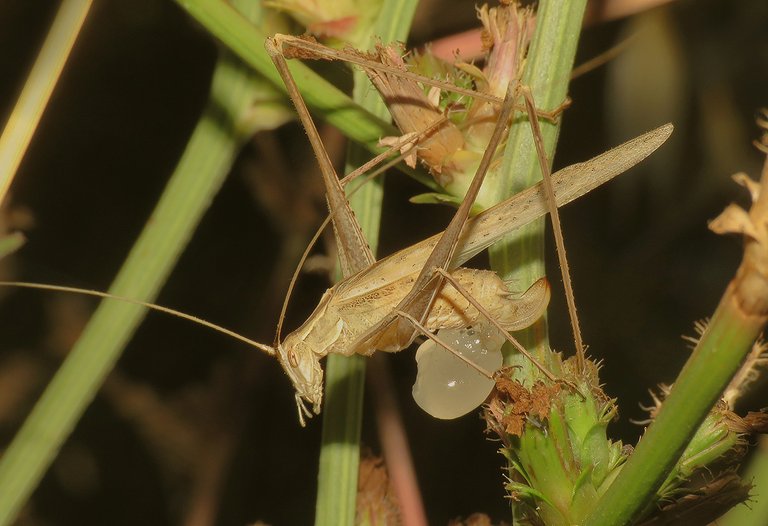
But I found an adult of another species.
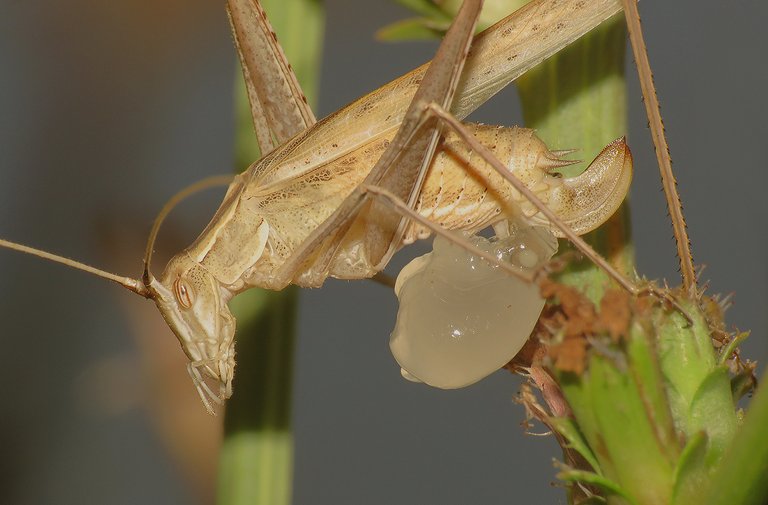
The Tylopsis lilifolia. This is the female. The gelly-like stuff on its abdomen is a nuptial gift from a male. The nutrient secretion is usually given during mating.
The following links will take you to the sites with more information about the protagonists of this post. I found some stuff about them there.
https://en.wikipedia.org/wiki/Tylopsis_lilifolia
https://www.sciencedirect.com/science/article/abs/pii/S0003347213001607
https://www.inaturalist.org/taxa/132070-Phaneroptera-nana
https://en.wikipedia.org/wiki/Mylabris_variabilis
https://www.britishbugs.org.uk/heteroptera/Pentatomidae/Eurydema_ornatum.html
AND THAT'S IT. AS ALWAYS IN THESE POSTS ON HIVE, THE PHOTOGRAPHS ARE MY WORK - THE END.







